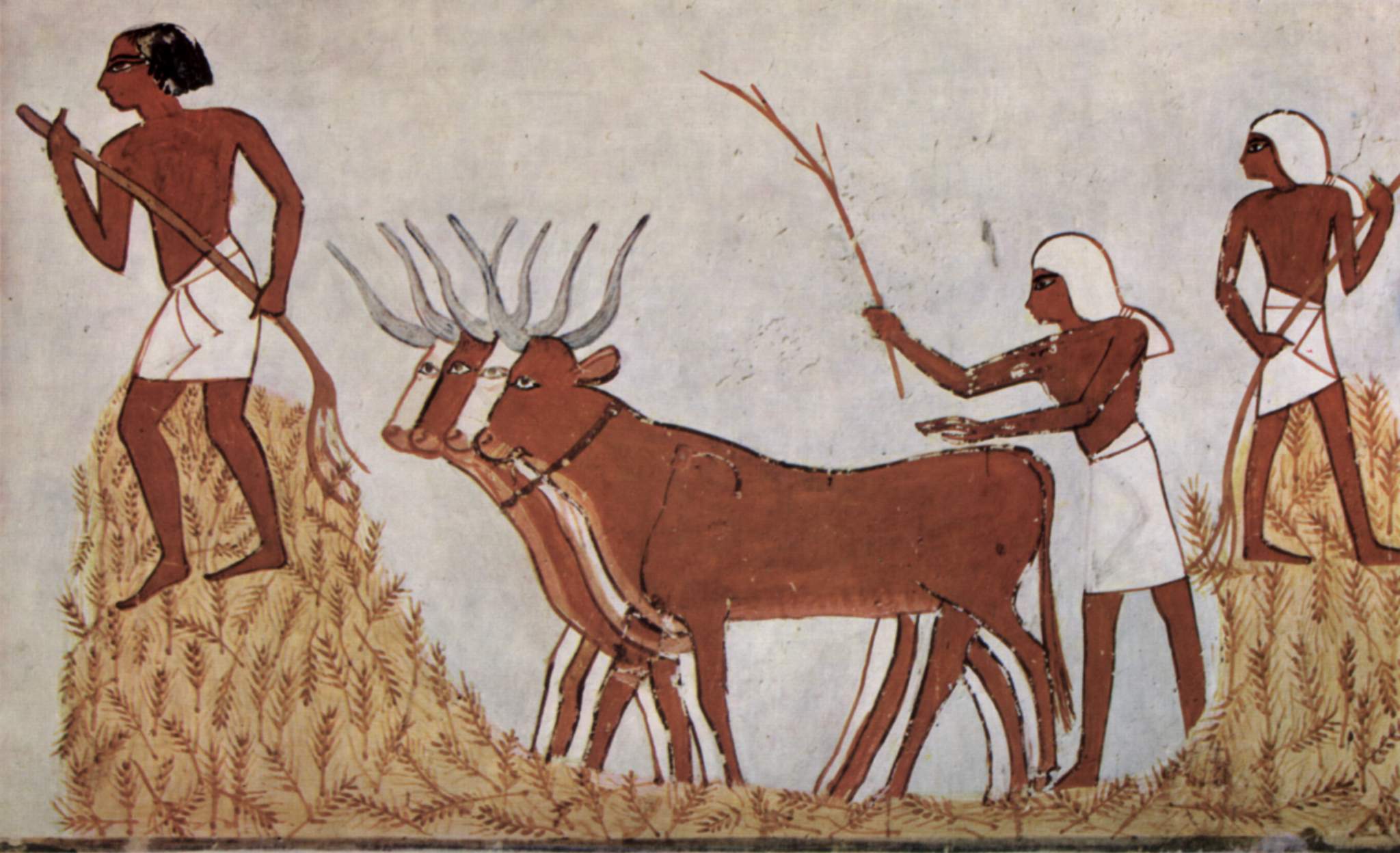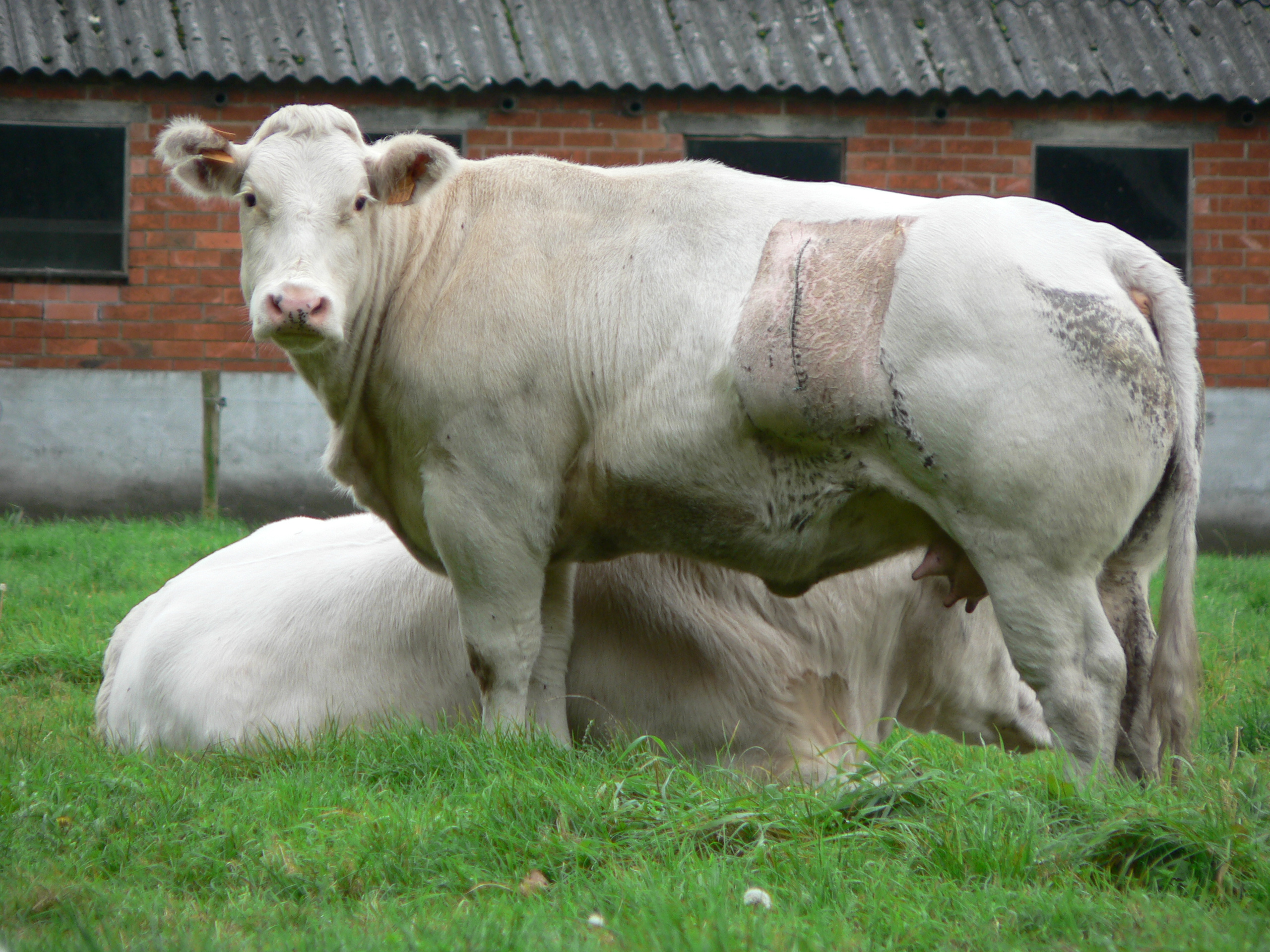|
Tryon's Rat Experiment
Tryon's Rat Experiment is a psychology experiment conducted by Robert Tryon in 1940 and published in the ''Yearbook of the National Society for Studies in Education.'' Experiment set-up Prior to Robert Tryon’s study of selective rat breeding, concluded in 1942, many psychologists believed that environmental, rather than genetic, differences produced individual behavioral variations. Tryon sought to demonstrate that genetic traits often did, in fact, contribute to behavior. To do so, Tryon created an experiment that tested the proficiency of successive generations of rats in completing a maze. He initiated the experiment by exposing a genetically diverse group of rats to the maze, labeling those who made the fewest errors “bright”, and those with the most errors “dull”. Tryon then mated the “bright” males with “bright” females, and “dull” males with “dull” females. After their children matured, Tryon repeated the maze test with them, and again separat ... [...More Info...] [...Related Items...] OR: [Wikipedia] [Google] [Baidu] |
Psychology
Psychology is the scientific study of mind and behavior. Psychology includes the study of conscious and unconscious phenomena, including feelings and thoughts. It is an academic discipline of immense scope, crossing the boundaries between the natural and social sciences. Psychologists seek an understanding of the emergent properties of brains, linking the discipline to neuroscience. As social scientists, psychologists aim to understand the behavior of individuals and groups.Fernald LD (2008)''Psychology: Six perspectives'' (pp.12–15). Thousand Oaks, CA: Sage Publications.Hockenbury & Hockenbury. Psychology. Worth Publishers, 2010. Ψ (''psi''), the first letter of the Greek word ''psyche'' from which the term psychology is derived (see below), is commonly associated with the science. A professional practitioner or researcher involved in the discipline is called a psychologist. Some psychologists can also be classified as behavioral or cognitive scientists. Some ps ... [...More Info...] [...Related Items...] OR: [Wikipedia] [Google] [Baidu] |
Robert Tryon
Robert Choate Tryon (September 4, 1901 – September 27, 1967) was an American behavioral psychologist, who pioneered the study of hereditary trait inheritance and learning in animals. His series of experiments with laboratory rats showed that animals can be selectively bred for greater aptitude at certain intelligence tests, but that this selective breeding does not increase the general intelligence of the animals. Life Tryon was born in Butte, Montana on September 4, 1901. He spent most of his life at the University of California, Berkeley. He received his AB degree from the undergraduate school in 1924, and as a graduate student he earned his Ph.D. in 1928 with thesis titled ''Individual differences at successive stages of learning''. After graduating from the school he spent two years as a National Research Council fellow. In 1931, he became a faculty member of the college's Department of Psychology, of which he was a member for 31 years. During the War he served i ... [...More Info...] [...Related Items...] OR: [Wikipedia] [Google] [Baidu] |
Peter Gray (psychologist)
Peter Otis Gray is an American psychology researcher and scholar. He is a research professor of psychology at Boston College, and the author of an introductory psychology textbook. He is known for his work on the interaction between education and play, and for his evolutionary perspective on psychology theory. Education and career Peter Gray grew up in the 1950s in a series of small towns in Minnesota and Wisconsin. He graduated in 1962 from Cabot School in Cabot, Vermont. He then majored in psychology at Columbia College in New York City and graduated ''magna cum laude''. His experiences working at camps and recreation centers in high school and college helped to shape his future academic interests in play and child development. He received his PhD in biological sciences from Rockefeller University in 1972, and, in that same year, joined the Psychology Department at Boston College. There he moved up the ranks from Assistant to Associate to Full Professor, serving at various tim ... [...More Info...] [...Related Items...] OR: [Wikipedia] [Google] [Baidu] |
Peripheral Vision
Peripheral vision, or ''indirect vision'', is vision as it occurs outside the point of fixation, i.e. away from the center of gaze or, when viewed at large angles, in (or out of) the "corner of one's eye". The vast majority of the area in the visual field is included in the notion of peripheral vision. "Far peripheral" vision refers to the area at the edges of the visual field, "mid-peripheral" vision refers to medium eccentricities, and "near-peripheral", sometimes referred to as "para-central" vision, exists adjacent to the center of gaze. Boundaries Inner boundaries The inner boundaries of peripheral vision can be defined in any of several ways depending on the context. In everyday language the term "peripheral vision" is often used to refer to what in technical usage would be called "far peripheral vision." This is vision outside of the range of stereoscopic vision. It can be conceived as bounded at the center by a circle 60° in radius or 120° in diameter, centered arou ... [...More Info...] [...Related Items...] OR: [Wikipedia] [Google] [Baidu] |
Behavioural Genetics
Behavioural genetics, also referred to as behaviour genetics, is a field of scientific research that uses genetic methods to investigate the nature and origins of individual differences in behaviour. While the name "behavioural genetics" connotes a focus on genetic influences, the field broadly investigates the extent to which genetic and environmental factors influence individual differences, and the development of research designs that can remove the confounding of genes and environment. Behavioural genetics was founded as a scientific discipline by Francis Galton in the late 19th century, only to be discredited through association with eugenics movements before and during World War II. In the latter half of the 20th century, the field saw renewed prominence with research on inheritance of behaviour and mental illness in humans (typically using twin and family studies), as well as research on genetically informative model organisms through selective breeding and cr ... [...More Info...] [...Related Items...] OR: [Wikipedia] [Google] [Baidu] |
Nature And Nurture
Nature versus nurture is a long-standing debate in biology and society about the balance between two competing factors which determine fate: genetics (nature) and environment (nurture). The alliterative expression "nature and nurture" in English has been in use since at least the Elizabethan period and goes back to medieval French. The complementary combination of the two concepts is an ancient concept ( grc, ἁπό φύσεως καὶ εὐτροφίας). Nature is what people think of as pre-wiring and is influenced by genetic inheritance and other biological factors. Nurture is generally taken as the influence of external factors after conception e.g. the product of exposure, experience and learning on an individual. The phrase in its modern sense was popularized by the Victorian polymath Francis Galton, the modern founder of eugenics and behavioral genetics when he was discussing the influence of heredity and environment on social advancement. Galton was influenced by ''O ... [...More Info...] [...Related Items...] OR: [Wikipedia] [Google] [Baidu] |
Artificial Selection
Selective breeding (also called artificial selection) is the process by which humans use animal breeding and plant breeding to selectively develop particular phenotypic traits (characteristics) by choosing which typically animal or plant males and females will sexually reproduce and have offspring together. Domesticated animals are known as breeds, normally bred by a professional breeder, while domesticated plants are known as varieties, cultigens, cultivars, or breeds. Two purebred animals of different breeds produce a crossbreed, and crossbred plants are called hybrids. Flowers, vegetables and fruit-trees may be bred by amateurs and commercial or non-commercial professionals: major crops are usually the provenance of the professionals. In animal breeding, techniques such as inbreeding, linebreeding, and outcrossing are utilized. In plant breeding, similar methods are used. Charles Darwin discussed how selective breeding had been successful in producing chang ... [...More Info...] [...Related Items...] OR: [Wikipedia] [Google] [Baidu] |
Selective Breeding
Selective breeding (also called artificial selection) is the process by which humans use animal breeding and plant breeding to selectively develop particular phenotypic traits (characteristics) by choosing which typically animal or plant males and females will sexually reproduce and have offspring together. Domesticated animals are known as breeds, normally bred by a professional breeder, while domesticated plants are known as varieties, cultigens, cultivars, or breeds. Two purebred animals of different breeds produce a crossbreed, and crossbred plants are called hybrids. Flowers, vegetables and fruit-trees may be bred by amateurs and commercial or non-commercial professionals: major crops are usually the provenance of the professionals. In animal breeding, techniques such as inbreeding, linebreeding, and outcrossing are utilized. In plant breeding, similar methods are used. Charles Darwin discussed how selective breeding had been successful in producing change over ... [...More Info...] [...Related Items...] OR: [Wikipedia] [Google] [Baidu] |
John Paul Scott (geneticist)
John Paul Scott (December 17, 1909—March 26, 2000) was an American behavior geneticist and comparative psychologist known for his research into the development of social behavior (especially aggression), which he pursued through studies in animal models including the dog. Scott & his collaborator John L. Fuller are memorialised in the Fuller-Scott prize, offered annually by the Behavior Genetics Association. Education and Career He received a B.Sc. zoology from the University of Wyoming, studying under his father, John W. Scott. After taking out a Rhodes Scholarship at Oxford University under E. B. Ford, he completed a Ph.D. in Psychology from the University of Chicago, where he studied under renowned scholar of genetics and evolution, Sewall Wright. Scott's first academic position was at Wabash College, where he chaired the department of Zoology from 1935 to 1945. As his sociobiological research developed, he moved to the Jackson Laboratory in Bar Harbor, Maine. Here ... [...More Info...] [...Related Items...] OR: [Wikipedia] [Google] [Baidu] |
John L
John Lasarus Williams (29 October 1924 – 15 June 2004), known as John L, was a Welsh nationalist activist. Williams was born in Llangoed on Anglesey, but lived most of his life in nearby Llanfairpwllgwyngyll. In his youth, he was a keen footballer, and he also worked as a teacher. His activism started when he campaigned against the refusal of Brewer Spinks, an employer in Blaenau Ffestiniog, to permit his staff to speak Welsh. This inspired him to become a founder of Undeb y Gymraeg Fyw, and through this organisation was the main organiser of ''Sioe Gymraeg y Borth'' (the Welsh show for Menai Bridge using the colloquial form of its Welsh name).Colli John L Williams , '''', ... [...More Info...] [...Related Items...] OR: [Wikipedia] [Google] [Baidu] |


.jpg)

